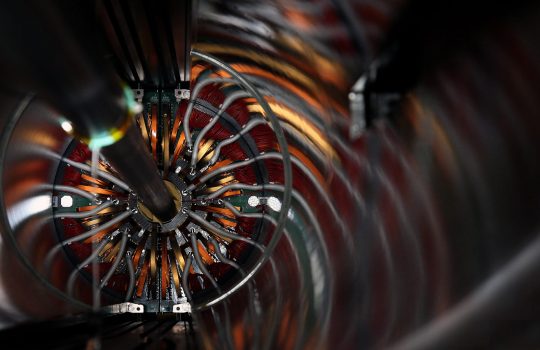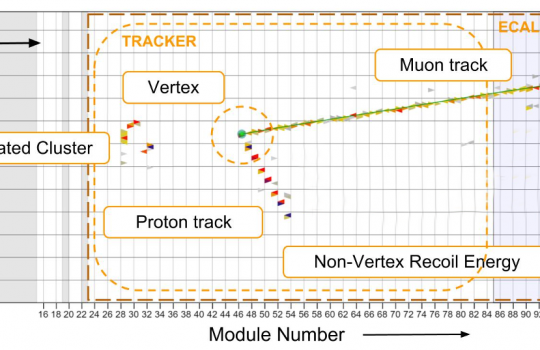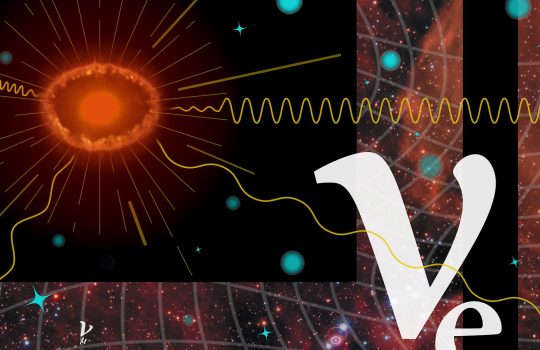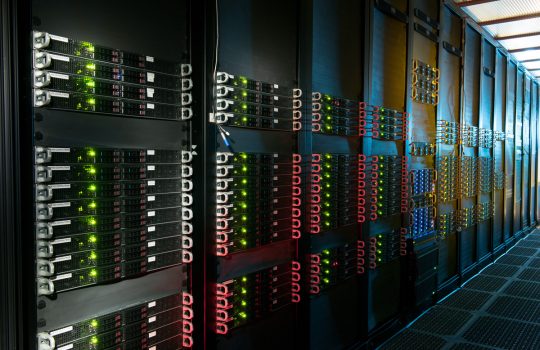A long-lost type of dark matter may resolve the biggest disagreement in physics
From Live Science, April 29, 2020: One of the deepest mysteries in physics could be explained by a long-since vanished form of dark matter. Fermilab scientist Dan Hooper is one of the authors of the new result. If an ancient form of dark matter decayed out of existence, that loss would have decreased the mass of the universe, which would have led to less gravity holding the universe together, which would have affected the speed at which the universe expands — helping explain the disagreement between measurements of the universe’s expansion.







